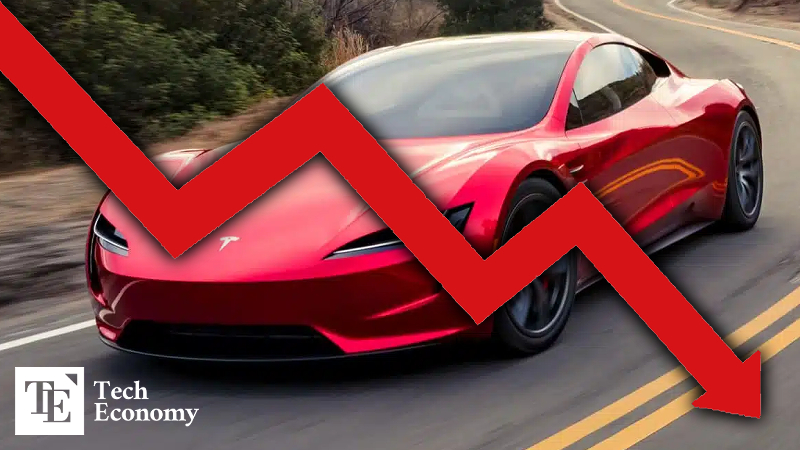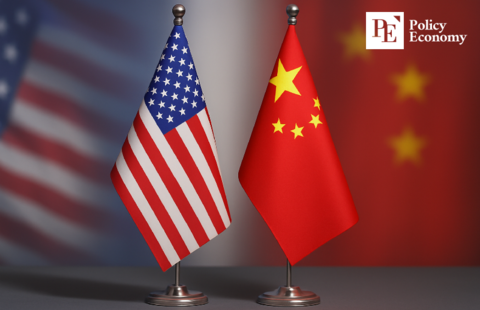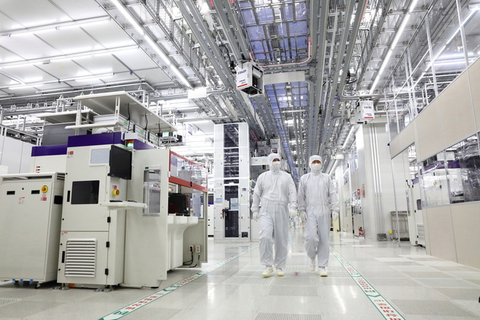Elon Musk Leaving the White House, Steps Down Early Amid Sharp Decline in Tesla Sales
Input
Modified
Musk: "It was an honor to work together" – Farewell Message Upon Resignation Tesla Board Urges Musk to "Focus on the Company" Musk Denies Report That Tesla Board Is Searching for a Successor CEO

Elon Musk, the polarizing tech magnate and head of both the U.S. Department of Government Efficiency (DOGE) and Tesla, is stepping away from public office amid a cascade of controversies, corporate setbacks, and rising public backlash. Once hailed as President Donald Trump’s closest confidant in government—a “First Buddy” who aggressively spearheaded federal restructuring—Musk now appears to be exiting the political spotlight under the weight of sharp financial losses and widespread reputational damage. His early resignation and growing distance from the Trump administration mark the end of one of the most unconventional alliances in modern U.S. governance.
A Curtain Call in Washington
The first clear sign of Musk’s impending departure came on March 30, when he formally announced his resignation at a White House cabinet meeting. With just a month left in his term, Musk’s farewell was both ceremonial and symbolic. “It has been an honor to work together,” he said, according to U.S. media reports. In a theatrical nod to Trump, he wore a black cap layered with a red one that read “Gulf of America”—a reference to Trump’s controversial executive order issued on Inauguration Day renaming the “Gulf of Mexico.”
During the meeting, Musk praised the administration’s first 100 days, claiming, “An incredible amount has been accomplished—more than any administration in history.” He even suggested it could become “the greatest administration since the founding of the nation.” Despite reports circulating of a recent profanity-laced confrontation with Treasury Secretary Scott Bessent, the room erupted in applause for Musk. President Trump returned the admiration, saying, “Someday, you’ll want to go back home to your car company and your family. You’ve done an amazing job. Just think—$150 billion in federal spending cuts.” Musk responded with a grin, correcting the president: “It’s now $160 billion.” Still, the figure remains far below Musk’s original and highly ambitious goal of $2 trillion in federal savings.

Freefall at Tesla and Public Fury
Behind the scenes, however, the Musk brand was unraveling. During Tesla’s first-quarter earnings call on March 22, Musk signaled a shift in focus, stating that most of DOGE’s core work had concluded and that starting in May, he would “devote much more time to Tesla.” The timing of this announcement was no coincidence. Tesla had just reported a stunning 71% drop in net profit compared to the same quarter the previous year. The dramatic decline set off alarm bells across financial and political circles.
Reports indicate that Musk began spending less time at the White House as Tesla’s troubles deepened. Insiders cite multiple factors behind the company's nosedive—including Musk’s controversial management of DOGE, sweeping layoffs of federal workers, and controversial far-right personnel appointments, some of which were described in the Korean press as “Nazi-style.” These decisions drew accusations of extremism and authoritarianism, which in turn fueled a broad consumer backlash.
Across the United States and Europe, an anti-Musk movement has taken root. Tesla showrooms have been vandalized. Boycotts are being coordinated online. Some Tesla owners, ashamed of their association with Musk, have gone so far as to remove the brand’s emblem from their vehicles. Others now drive with stickers that read, “I Bought This Before Elon Went Crazy.”
In Europe, the damage to Tesla's bottom line has been particularly severe. In France, April sales plummeted 59.4% compared to the previous year, with just 863 units sold—a sharper decline than the 36% recorded in March. Denmark saw a similarly steep drop: sales fell 67.2% in April following a 65.6% decline in March, marking two straight months of heavy losses. These rapid declines in consumer confidence have been exacerbated by growing resentment toward the Trump administration’s “America First” rhetoric, which Musk publicly supported.
Tesla’s market capitalization has collapsed in tandem. Once valued at a staggering $1.5 trillion at the end of last year, the company’s valuation now hovers around $900 billion—a dramatic fall of over 40% in mere months.
Behind Closed Doors: A Succession Plan in Motion
With Musk retreating from Washington and Tesla’s performance in freefall, the company’s board appears to be taking steps to safeguard its future. On March 30, The Wall Street Journal reported that Tesla board members had reached out to several executive search firms to begin the process of finding a new CEO. Citing individuals close to the matter, the report revealed that the board had previously advised Musk to spend more time on Tesla operations and to make that decision public.
Though one search firm had reportedly narrowed down a list of potential successors, it remains unclear whether the search is actively ongoing. Also uncertain is whether Musk—who sits on the Tesla board—was informed of the recruitment efforts, or whether they played a role in his March statement about rededicating himself to Tesla.
In response to the WSJ report, Tesla Chairwoman Robyn Denholm issued a public denial, expressing confidence in Musk’s leadership and affirming his ability to “continue executing on our exciting growth plans.” Musk, for his part, dismissed the report as a “fake article” on his social media channels.
Despite these denials, the question of Musk’s future remains open. His abrupt pivot away from Washington, crumbling public approval, and Tesla’s financial collapse have left both investors and political insiders wondering: is this the beginning of Elon Musk’s exit from center stage—or merely the prelude to another reinvention?





















